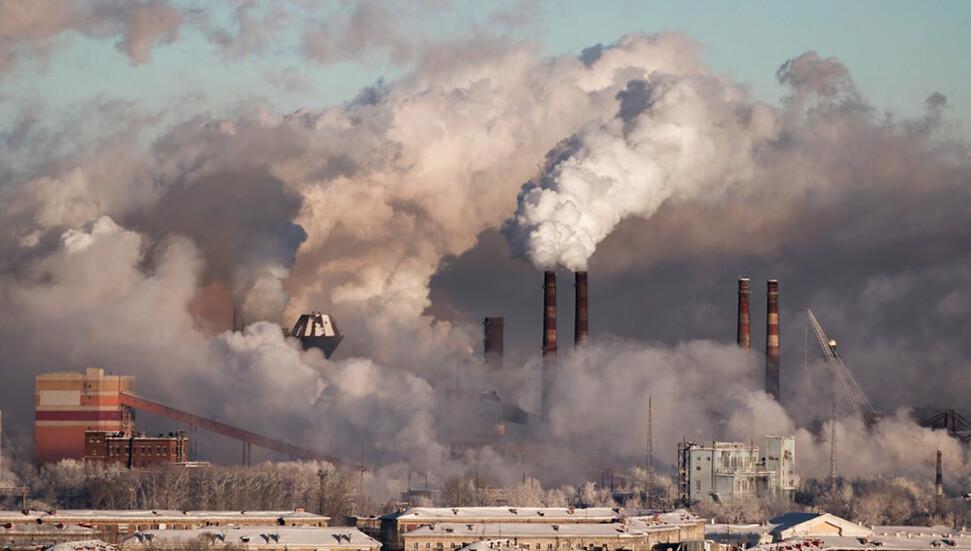Large meltwater accumulation revealed inside Greenland Ice Sheet
A new study unveils a surprising discovery: a substantial amount of meltwater is temporarily stored within the Greenland Ice Sheet during summer months
image:
GNET station “TREO” in southeast Greenland
view moreCredit: Credit: Thomas Nylen (Technical University of Denmark, DTU)
A new study published in Nature unveils a surprising discovery: a substantial amount of meltwater is temporarily stored within the Greenland Ice Sheet during summer months. For the first time, an international group of researchers was able to quantify meltwater with positioning data. The finding challenges current models of how ice sheets contribute to global sea level rise.
The Greenland Ice Sheet is currently the largest single contributor to global sea-level rise, with the potential to raise the mean sea level by up to seven meters if it fully melts. While scientists have long studied the melt processes of the ice sheet, one crucial question has remained unanswered: how does meltwater storage evolve within the ice sheet throughout the summer melt season? A new approach provides an unprecedented view into the movement and storage of meltwater.
"During the melt season, we found that a significant fraction of meltwater mass is stored temporarily within the ice sheet," says Jiangjun Ran, associate professor at Southern University of Science and Technology. "This water buffering effect peaks in July and slowly recedes in the following weeks."
Novel approach to water monitoring
"Understanding how water is stored and released within the ice sheet has always been a challenge," says Pavel Ditmar, associate professor at Delft University of Technology. The team has utilised data from the Greenland GPS Network (GNET). The network consists of several tens of stations around Greenland that continuously provide positioning data. The team developed an innovative method that interprets the detected vertical displacements of the bedrock. These displacements are caused, among other, by the mass of melting water, pushing the bedrock down.
Implications for climate models
This discovery will help improve climate models, which often underestimate the complexity of water storage within ice sheets. Especially during warmer years, models that predict water runoff towards the ocean may easily underestimate that process. The study finds that these models could require scaling adjustments of up to 20% for the warmest years. "These findings are crucial for improving forecasts of the Greenland Ice Sheet's contribution to future sea-level rise," says Michiel van den Broeke, professor at Utrecht University. "With climate change making the Arctic warmer than ever, accurate predictions are essential for preparing coastal regions for potential sea-level rise."
Years in the making
The study has taken years of preparation and required difficult expeditions to some of the most remote areas of the planet. "The work we've done not only improves our understanding of ice sheet dynamics but also opens the door to new measurement techniques and campaigns," says Shfaqat Abbas Khan, professor at the Technical University of Denmark. The study highlights the importance of international collaboration in addressing one of the planet's most pressing environmental challenges.
The study was published on Oct. 30, 2024 in Nature: Vertical bedrocks shifts reveal summer water storage in Greenland ice sheet. Jiangjun Ran, Pavel Dimar, Michiel R. van den Broeke, Lin Liu, Roland Klees, Shfaqat Abbas Khan, Twila Moon, Jiancheng Li, Michael Bevis, Min Zhong, Xavier Fettweis, Junguo Liu, Brice Noël, C.K.Shum, Jianli Chen, Liming Jiang & Tonie van Dam.
Journal
Nature
Method of Research
Observational study
Subject of Research
Not applicable
Article Title
Vertical bedrocks shifts reveal summer water storage in Greenland ice sheet
Article Publication Date
30-Oct-2024










